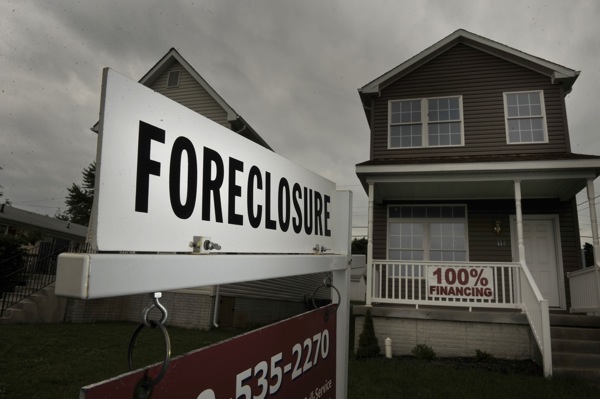In August 2012, the Federal Reserve Bank of Atlanta released a new working paper by Gerardi et al. entitled“Foreclosure Externalities: Some New Evidence.” The question was and is, Do residential foreclosures affect the value of neighboring properties? This has been an ongoing debate, fueled by the unprecedented number of foreclosed homes since the recession. In their research, the authors noted that these distressed properties have a statistically strong negative effect on nondistressed home values. Yet, according to Gerardi et al. (2012), the effect tends to be short-lived, ultimately trending toward zero effect one year after the completion of the distressed sale. Interestingly, the researchers determined that the magnitude of these effects is more sensitive to the physical condition of the foreclosed home. For instance, a foreclosed home that is in a state of disrepair should have a more negative effect on surrounding values than one that is in immaculate condition. Consequently, those homes that stay in disrepair (as often happens when the foreclosure process is lengthy and homes are unoccupied for long periods of time) tend to continue to degrade, further lowering values.
Of course, appraisers understand that “price” and “value” are not synonyms. Price is the actual amount of money that changes hands in a specific real estate transaction. According to The Dictionary of Real Estate Appraisal, published by the Appraisal Institute, market value is most commonly defined as “the most probable price that the specified property interest should sell for in a competitive market after a reasonable exposure time, as of a specified date, in cash, or in terms equivalent to cash, under all conditions requisite to a fair sale, with the buyer and seller each acting prudently, knowledgeably, for self-interest, and assuming that neither is under duress.” Price and value tend to be aligned; buyers rarely pay significantly more, and sellers rarely accept significantly less, than the appraised value of a home. Still, knowing the difference is necessary to understand why price or value moves up or down or is out of alignment. A home may sell at a premium (or a discount) to value when the market conditions are not “normal,” or the negotiating position of either party is severely affected by foreclosure action or access to capital.
A home’s price may be changed by any of the following factors, among others:
- The distressed nature of the sale – Does the seller have to sell?
- Whether the sale is an arm’s-length transaction – Are the buyer and seller related?
- The financing structure of the sale – Will the seller accept a lower price for a quickly closing, all-cash sale?
A home’s value may be changed by any of the following factors, among others:
- Economic conditions/supply and demand – new home construction (supply) and the unemployment rate in the area (demand).
- Physical condition of the home (both aesthetic and structural).
- Condition of the neighborhood – gentrifying (improving) neighborhoods may see values increase, while decaying neighborhoods may see values decline.
Gerardi et al.’s observations seem to align with our expectations—namely, that foreclosure sales should not have a lasting impact on surrounding property values. However, their paper does not adequately get “down in the weeds” with certain statistical data which is only relevant on a local level. Gerardi et al. indicate that supply-related effects from foreclosed properties should be negligible. While this is true when looking at a composite of national sales data, real estate value is a function of local conditions. Too many foreclosures in one area can affect value due to an oversupply of available homes and a limited number of potential buyers due to financing constraints for foreclosed properties, such as all cash requirements. Overall, their study is an interesting read, and it provides some valuable perspective on the topic. The facts to glean are that (1) foreclosures can affect value and (2) the condition of the property and duration of its vacancy and are key components in the value effects.
Photo courtesy of Taber Andrew Bain.
– Jonathan S. Kilpatrick and Sarah J. Kilpatrick






Recent Comments